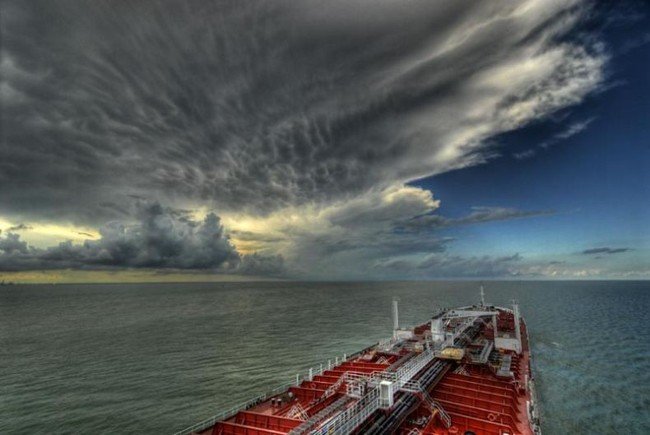|
|
Ship Vessel View
|
Passenger ships range in size from small river ferries to very large cruise ships. This type of vessel includes ferries, which move passengers and vehicles on short trips; ocean liners, which carry passengers from one place to another; and cruise ships, which carry passengers on voyages undertaken for pleasure, visiting several places and with leisure activities on board, often returning them to the port of embarkation.
Special-purpose vessels are not used for transport but for other tasks. Examples include tugboats, pilot boats, rescue boats, cable ships, research vessels, survey vessels, and icebreakers.
Most commercial vessels have full hull-forms to maximize cargo capacity. Hulls are usually made of steel, although aluminum can be used on faster craft, and fiberglass on the smallest service vessels. Commercial vessels generally have a crew headed by a captain, with deck officers and marine engineers on larger vessels. Special-purpose vessels often have specialized crew if necessary, for example scientists aboard research vessels.
Commercial vessels are typically powered by a single propeller driven by a diesel or, less usually, gas turbine engine. The fastest vessels may use pump-jet engines.
|
|









